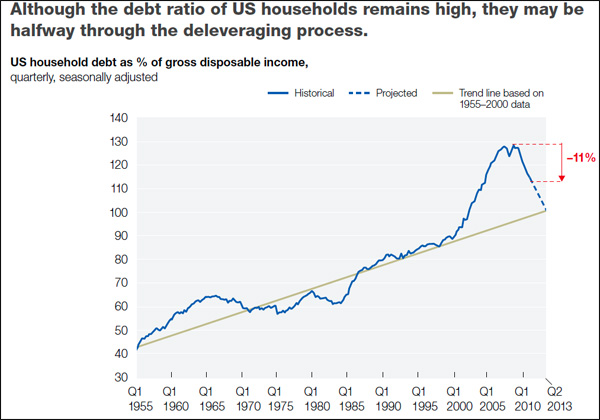

Our Investment Department capped off a busy investment research spring by attending the Morningstar Investment Conference in Chicago this June. The annual conference features portfolio managers, thought leaders in the investment profession, and academics on timely topics.
“This is always a highlight of the year for the investment department. We see more portfolio managers and friends in our business than at any other time,” said Melissa Joy. “I especially enjoy the conference because it is exclusively focused on investing so you have three days to think deeply about the investment landscape today.”
Highlights this year included a variety of opinions on the EuroZone, discussions on the impacts of trading costs to portfolios, and one-on-one discussions with portfolio managers. The Center has been at the conference for each of the last 10 years.
Angela Palacios attended a pre-conference training on our new investment research software, Morningstar Direct. This upgrades our investment research capabilities going from a database of only the US public investment universe to an institutional investment platform that offers global investment research with rigorous analytics.
Angela said “It was a great opportunity to attend a training and user conference for our new software. I’m confident the software will streamline our research process and give us more accurate and in-depth knowledge to make investment decisions.” She was able to hear from Senior Research Analysts and Economists with Morningstar and also speak with other firms with a dedication to investment research.
The information contained in this report does not purport to be a complete description of the securities, markets, or developments referred to in this material. Any opinions are those of Melissa Joy and Angela Palacios and not necessarily those of RJFS or Raymond James











